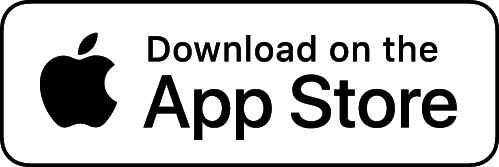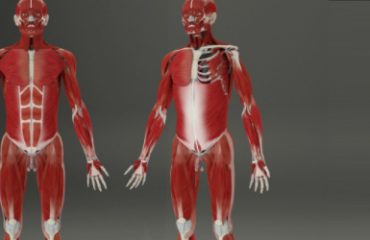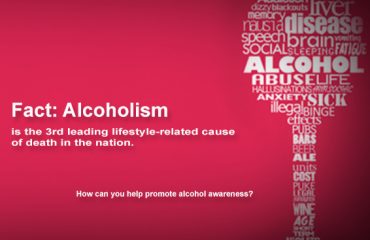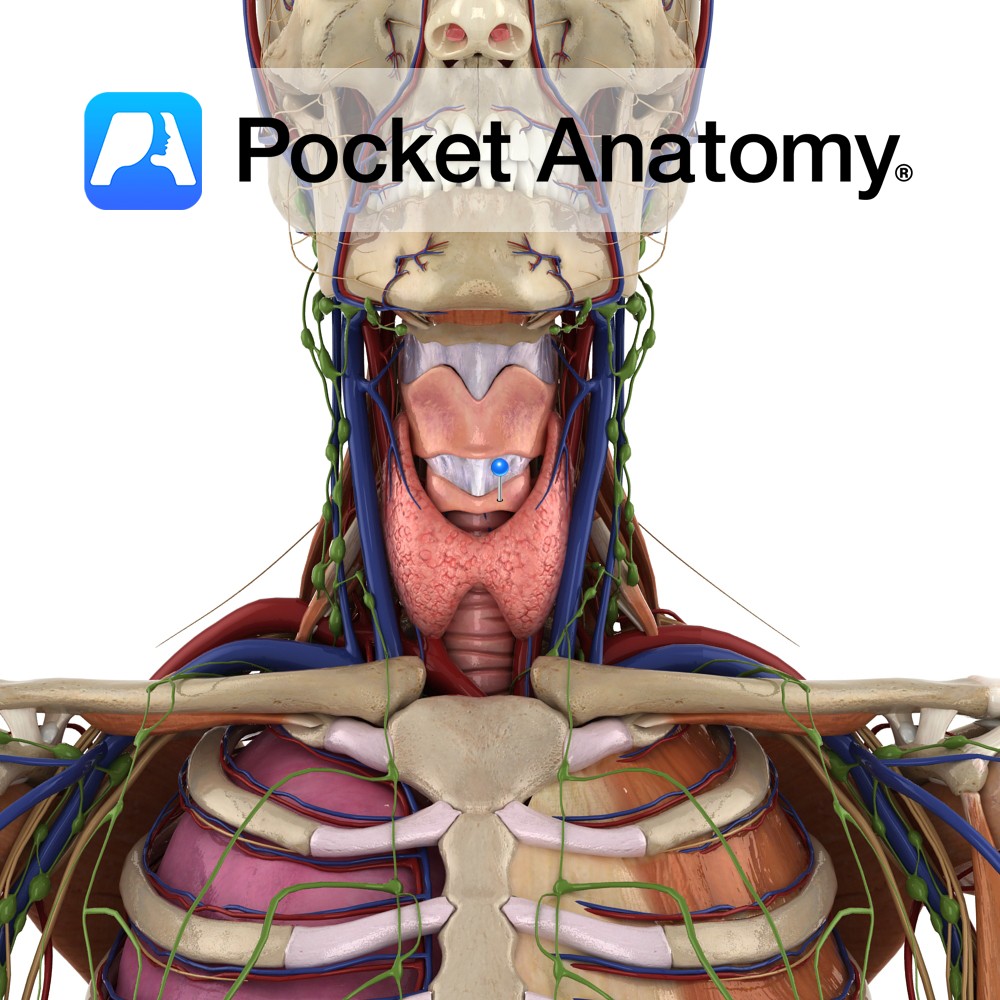The teaching of high school, undergraduate, and post-graduate anatomy and physiology is continually being redefined, and the methods used to deliver this teaching are ever evolving, including an increased use of visualizations through medical imaging and computer-based resources.
Each of these events requires the visualization of a body part (anatomy) or information about how that body part functions (physiology). Traditional study aids such as science books or encyclopedias provide the basis for an understanding of the processes, but cannot convey the complexity of the human body nor give the learner a three-dimensional (3D), animated, or interactive perspective.
Deeper Learning
As opposed to superficial learning, where facts are memorized and regurgitated “to pass the test”, digital learning supports the current educational trend of deeper learning, which encourages students to explain what they’re learning, make connections among and between subjects, and overall develop traits as lifelong learners, including critical thinking, problem-solving, communication and collaboration skills, and higher-order, integrative, and reflective learning.
When teaching and learning anatomy, schools that promote deeper learning share a common intellectual mission, high expectations for all students, and a coherent curriculum that is supported by an aligned structure, schedule, and support system. Deeper learning schools are performance-based: they expect students to show what they know.Teachers embrace digital learning strategies and “when used effectively, technology can enable and/or enhance student learning, teaching, and the work environment and school culture for staff and students”.
PBS LearningMedia has released a survey showing that 74% of teachers say that educational technology benefits their classroom in many ways, including the ability to reinforce and expand content, motivate students, and respond to a variety of learning styles. Also, according to VanderArk and Schneider in their publication How Digital Learning Contributes to Deeper Learning, “the shifts—from print to digital materials, seat-time measures to demonstrated competency, and age-based cohorts to individually paced progress—will redesign learning for students. Shifts from a reliance on annual evaluations to instant feedback, and from individual teaching roles to shared and distributed teaching, will redesign teaching for educators”.
Transition from High School to College and Beyond
In order to meet college and career readiness expectations, schools must commit to dramatic shifts in the nature of teaching and learning that incorporate new methods for customizing the educational experience of all students. According to an article entitled The Condition of College and Career Readiness 2015, only 38% of students taking the ACT are considered to be ready for college-level science courses.
College students in 2009 tended to use sources that gave them information, but did not challenge them to learn or expand on new information-gathering strategies (i.e., using the wide range of resources available to them in the digital age). A second article by the same lead author in 2013 indicated that there had been little change in the way college students search for information on both life skills and on academic subjects; they continue to use strategies based on efficiency and predictability, rather than using digital resources in an innovative way that could lead to deeper learning.
It will be interesting for researchers to follow the next generation of students through the college years—the generation that has been “weaned” on digital tools—to evaluate the change in information-gathering strategies.
Meeting the needs of both teachers and learners
Visual and spatial skills are important for learning anatomy, and a successful outcome requires a balance between memorization, understanding, and visualization. Spatial ability refers to a student’s aptitude for understanding 3D structure and positions of objects when they are manipulated. Marks has noted the increase in the use of 3D technology in radiology and surgery, and argues that students should be educated and develop competency in interpreting these visualizations in their undergraduate training.
Pocket Anatomy and High School Anatomy are examples of apps that make it easy to envision human anatomy, with visualizations that differ from printed pictures and diagrams in that they are animated and controlled interactively. If you’re an educator, you might be interested in reading how we’ve signed up to Apple’s 50% Educational Discount Program.
Interested in taking our award-winning Pocket Anatomy for a test drive? 




